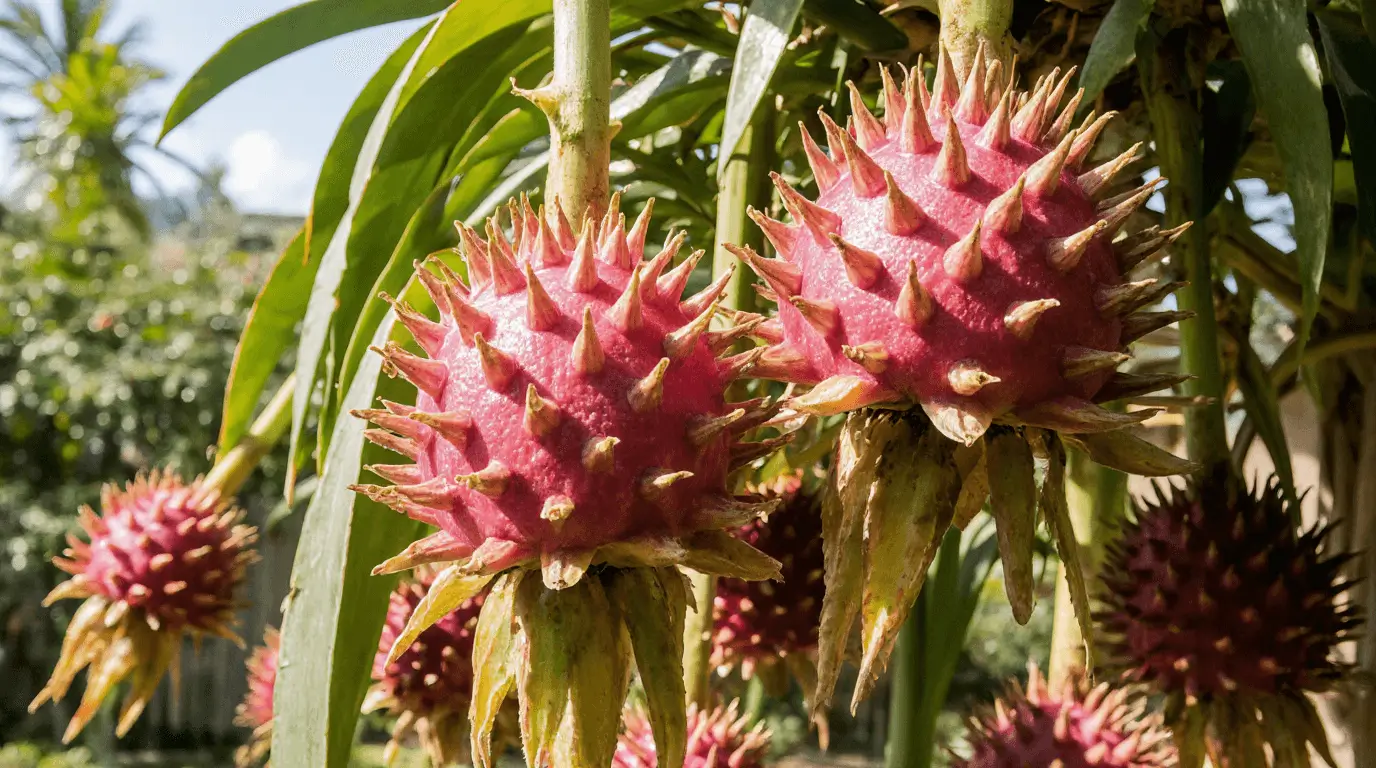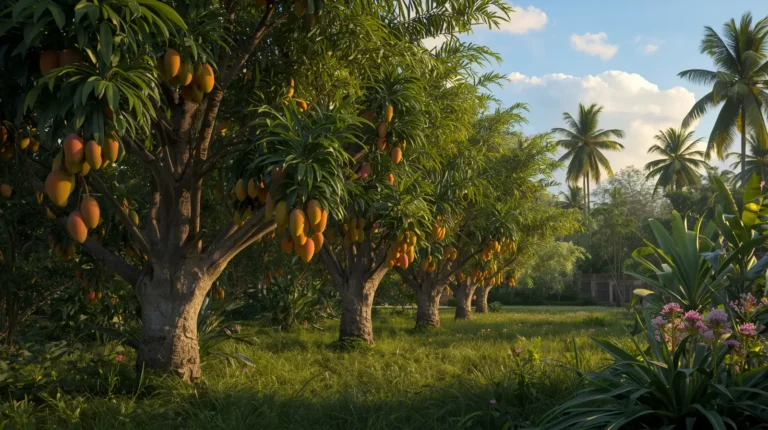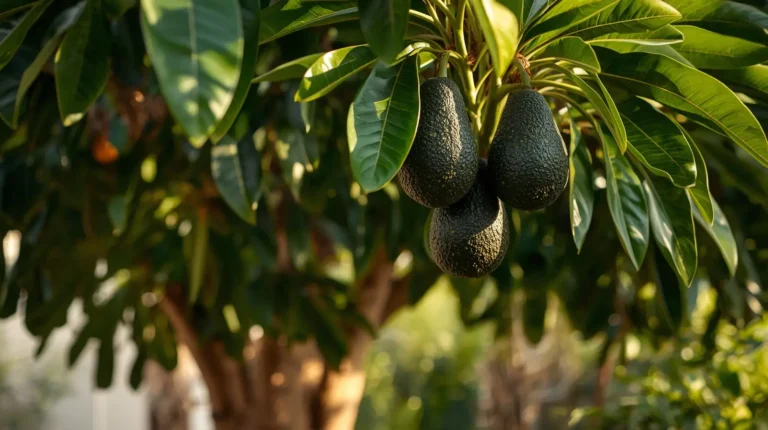When I first tried growing yellow dragon fruit seeds in my home garden, I was amazed by its vibrant appearance and unique taste. This tropical delight can be easily cultivated with a bit of hands-on experience, which truly deepens your understanding of nature’s cycles. What makes it even more fascinating is the hardiness and adaptability of the plant—seeing the first sprouts appear brings a real sense of accomplishment. Each seed holds the promise to grow into something beautiful, showing the many aspects of patience and care in gardening.
Steps To Grow Dragon Fruit From Seed
Preparing for Planting
The journey to grow dragon fruit from seed begins with the right preparation and choosing the right location. As a tropical plant, it needs a sunny, warm environment to thrive and plenty of sunlight daily. From my own gardening experience, I’ve learned that well-draining soil is essential, preferably slightly acidic in nature, as it supports the plant’s health and productivity. Creating a mixture of sand and compost forms the ideal foundation for the seeds, enhancing their chances of germination.
The process is quite unique—the seeds are carefully separated from the pulp, then dried for a few days before being sowed in a shallow tray filled with the soil mix. I usually gently watered the setup and placed it in a well-lit area, keeping it consistently warm. Watching the seeds slowly come to life is a reminder of how patient attention to detail nurtures even the most delicate stages of growth.
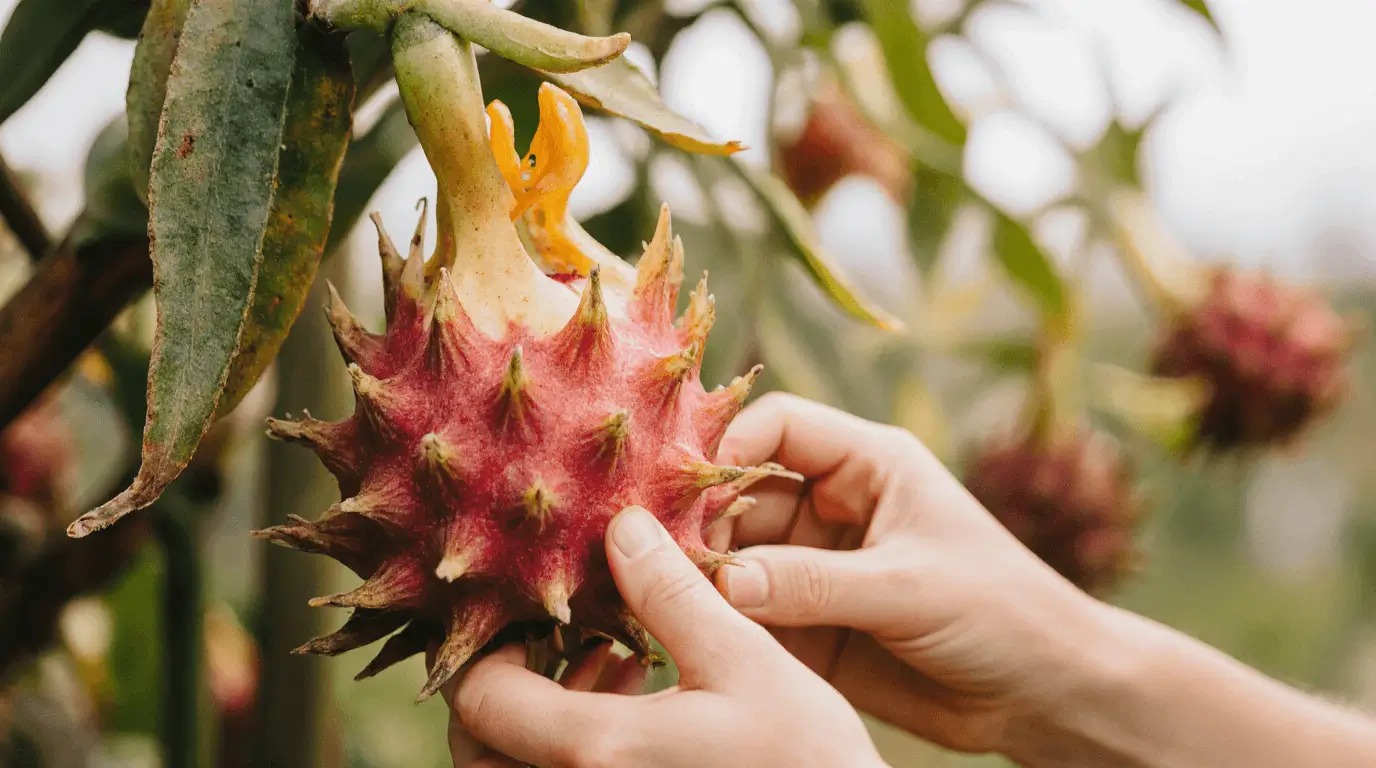
Planting Dragon Fruit Seeds
When I first started growing dragon fruit from seed, I found it to be an intriguing venture that required patience and care. Following a step-by-step guide really helped. Begin by spreading the dried seeds thinly across the surface of prepared soil—they need light to germinate, so avoid burying deeply. A gentle sprinkling of soil to cover them is sufficient. Proper spacing while sowing ensures the seeds are evenly spread, helping to prevent crowding as they start to sprout.
The planting depth should remain minimal, keeping the seeds just beneath the surface. Keep the soil consistently moist but never waterlogged; I prefer using a spray bottle for gentle watering to avoid disturbing the setup. For optimum germination, maintain a warm temperature, which encourages healthy growth and steady progress. Each step teaches you the delicate balance between moisture, warmth, and patience in nurturing new life.
Caring for Dragon Fruit Seedlings
When dragon fruit seedlings begin to grow, they require specific care to ensure development and stay healthy. As tropical plants, they thrive under abundant sunlight with bright indirect light, helping them stay strong and vibrant.
From my own gardening experience, watering is crucial and needs a careful approach—the plants dislike overly wet roots, so keeping the soil with good drainage is vital. Water thoroughly but not frequently, allowing it to dry between sessions. Regular fertilization also supports their nutritional requirements; they respond best to a balanced slow-release fertilizer. I apply it during the growing season, following package instructions carefully, since providing too much can harm their tender roots.
Read Also: Tree Insect Management
Supporting Growth and Development
Growing a dragon fruit plant from seed is a truly rewarding experience that teaches patience and care. As it grows, the plant needs support from a sturdy trellis structure to stay upright and strong. When it matures, it’s important to focus on pruning and training to promote extensive branching and increased production. Regularly inspect for signs of pests, diseases, infestations, or infections, as keeping the plant healthy ensures better growth and fewer issues. Maintaining an optimal environment helps it learn to adapt successfully, enjoying the vibrant blooms and delicious fruits that follow.
In my garden, I found that a bit of regular attention and the right support system made all the difference between a weak vine and one bursting with life. With time, the plant truly becomes a rewarding part of your gardening journey.
Harvesting and Troubleshooting Common Issues
After months of nurturing your dragon fruit plant, the joy of harvesting finally arrives when the skin color changes from bright to dull, usually within a few days after the flower blooms. From my own experience, this stage feels like a reward for all the effort put into growing from seed. However, even with proper care, the process isn’t always smooth sailing—there are always a few common issues to keep an eye on.
You may notice slow germination, yellowing leaves, or pest problems, which are normal signs during cultivation. Stay vigilant and respond quickly by adjusting temperature and moisture levels as needed. Yellowing leaves often indicate overwatering, while pests can be controlled using natural methods. Success in growing dragon fruit depends greatly on patience and persistence, ensuring a successful and healthy plant that continues to flourish season after season.
If you notice delayed germination or seedling issues, check this in-depth step-by-step resource on dragon fruit seed propagation from Everglades Farm: Grow Dragon Fruit from Seed: Step-by-Step
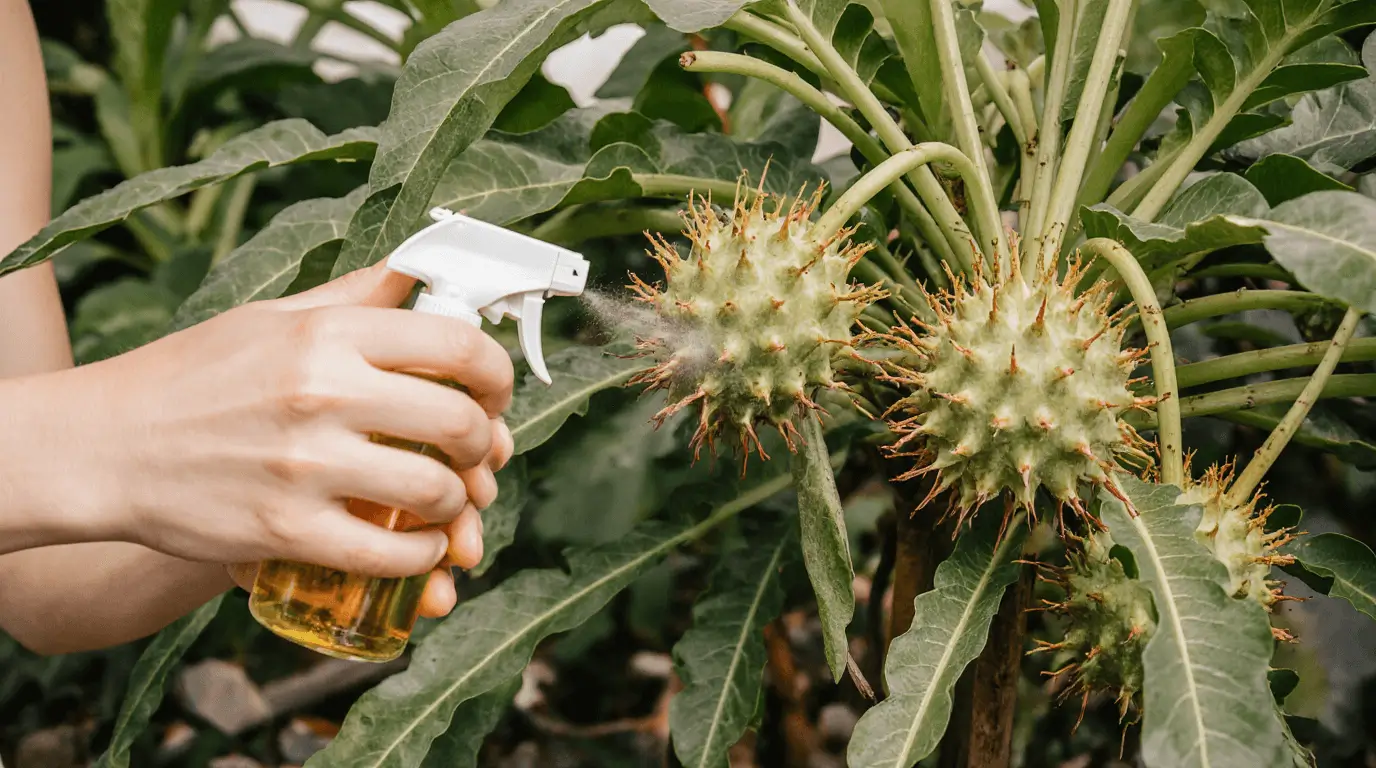
Read Also: 5+ Expert Tips for Growing Dragon Fruit in Florida Successfully
Conclusion
Harvesting dragon fruit is the most satisfying part of the cultivation journey, marking the result of your dedication and care. Paying attention to common issues such as germination speed, moisture balance, and pest control can make a huge difference in ensuring a consistent yield. With the right temperature, steady watering habits, and regular checks for plant health, you’ll enjoy a successful harvest full of vibrant color and natural sweetness.
Read Also: 5 Essential Tips to Grow a Healthy Young Apricot Tree Fast
FAQs
- How do I know when my dragon fruit is ready to harvest?
When the skin color changes from bright to dull and the scales begin to dry slightly, it’s a good sign that your fruit is ready to be picked. - What causes yellowing leaves on my dragon fruit plant?
Yellowing leaves usually indicate overwatering or poor drainage. Allow the soil to dry between watering sessions to prevent root rot. - How can I control pests naturally?
You can use natural methods like neem oil or organic soap sprays to keep pests under control without harming the plant. - Why is my dragon fruit’s germination slow?
Slow germination often results from low temperature or moisture levels. Keep your growing area warm and slightly humid for best results. - How long does it take to harvest dragon fruit from seed?
It can take several months or even up to a year for a dragon fruit plant grown from seed to reach its harvesting stage, depending on care and conditions.

